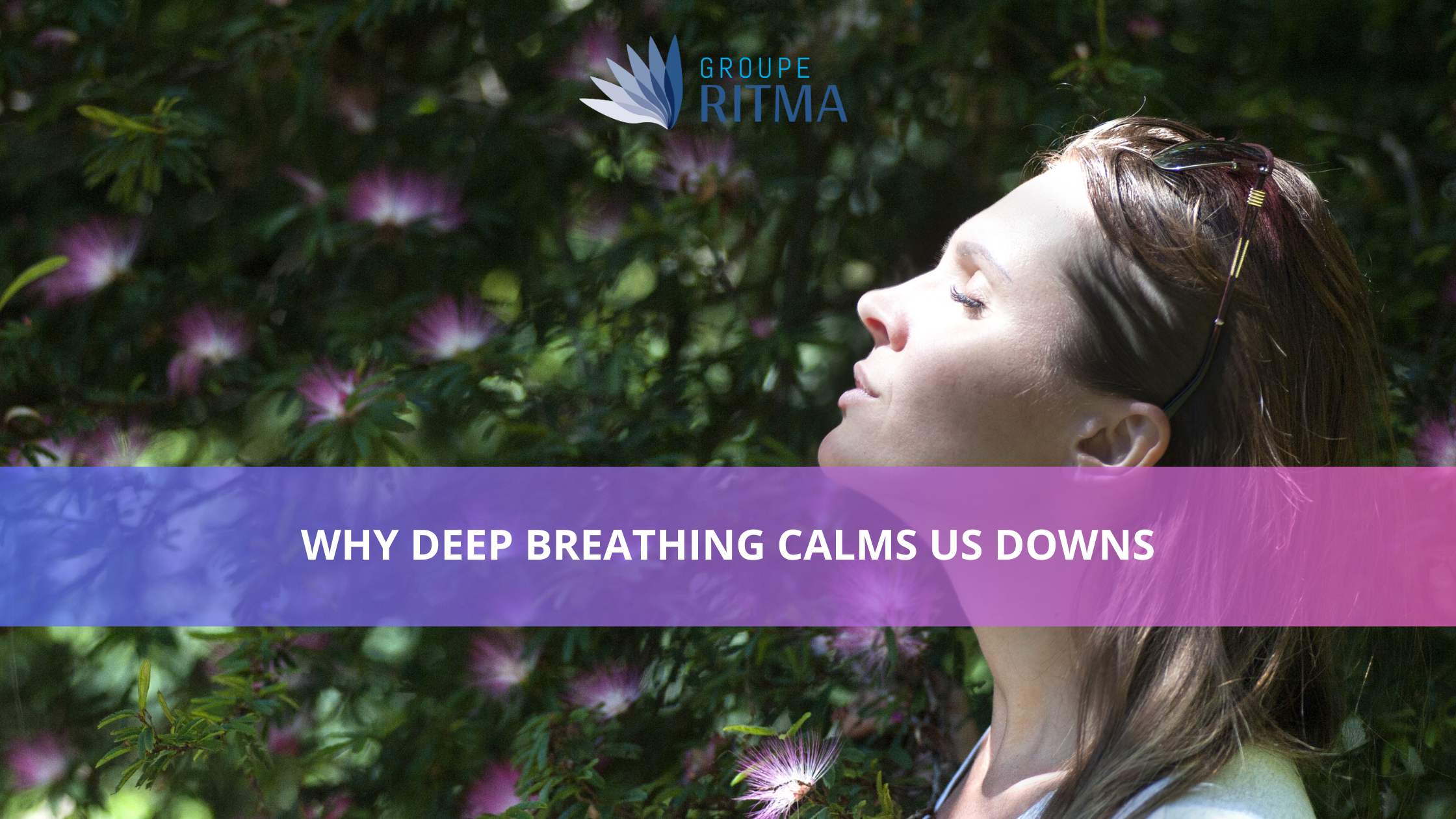
Chronicles
12 May 2025
Why Deep Breathing Calms Us Down

You’ve probably heard this advice before: “Take a deep breath and calm down.” This simple, almost instinctive reflex actually hides a fascinating neurological mechanism. For a long time, we knew that slow breathing helped restore calm—but we didn’t know why. That mystery has now been solved, thanks to neuroscientists at Stanford University, who published their findings in the journal Science.
A Tiny Cluster of Neurons That Controls Calm
It all begins in a tiny region of the brain, tucked into the brainstem: the pre-Bötzinger complex, already known to act like a metronome for our breathing. Researchers identified a very specific cluster of 175 neurons within this area, responsible for a unique effect: the feeling of inner calm.
These neurons play a key role: they monitor our breathing rhythm and send signals to another brain region, the locus coeruleus, which is involved in stress and attention regulation. When we breathe slowly, this communication pathway is activated: the locus coeruleus slows down, mental agitation eases, and a sense of relaxation sets in.
Deep Breathing Synchronizes the Brain
What’s particularly remarkable is that the rhythm of the locus coeruleus aligns with our breathing. So when we inhale and exhale calmly, we are literally setting the tempo for our brain. This mechanism acts like a neural switch: the slower the breath, the more the relaxation circuits are activated. In other words, you're sending your brain a clear message: “You’re safe—it’s okay to relax.”
Coherent Breathing: A Simple Practice with Powerful Effects
Coherent breathing (also known as heart coherence) is a rhythmic breathing technique that involves breathing at a steady pace—typically 6 breaths per minute (that’s 5 seconds in, 5 seconds out). This specific rhythm has been shown to regulate the autonomic nervous system, which governs heart rate, blood pressure, digestion, and more.
By creating harmony between the heart, breath, and brain, coherent breathing helps reduce stress, improve sleep, sharpen focus, and stabilize emotions. It’s now used in medical settings, schools, and even corporate wellness programs.
Breathwork: Harnessing the Breath as a Tool for Transformation
Breathwork is an umbrella term for various conscious breathing techniques used to support physical, emotional, or spiritual well-being. Unlike the gentle rhythm of coherent breathing, breathwork often involves intense, deep, and repeated breaths over a sustained period.
Popular methods like holotropic breathing, conscious connected breathing, or rebirthing, aim to release deep-seated tension, process stored emotions, and access altered states of consciousness. Many people report feelings of lightness, mental clarity, and even personal breakthroughs after a breathwork session.
In Summary
Deep breathing is far more than a relaxation trick—it’s a powerful physiological action that influences the brain in profound ways. Thanks to scientific research, we now better understand what many therapeutic practices have long relied on. Whether you choose coherent breathing for its soothing rhythm or breathwork for its transformative depth, the breath is a powerful tool for restoring inner balance.
So next time stress starts to rise… take a deep breath.
Your brain will know exactly what to do.